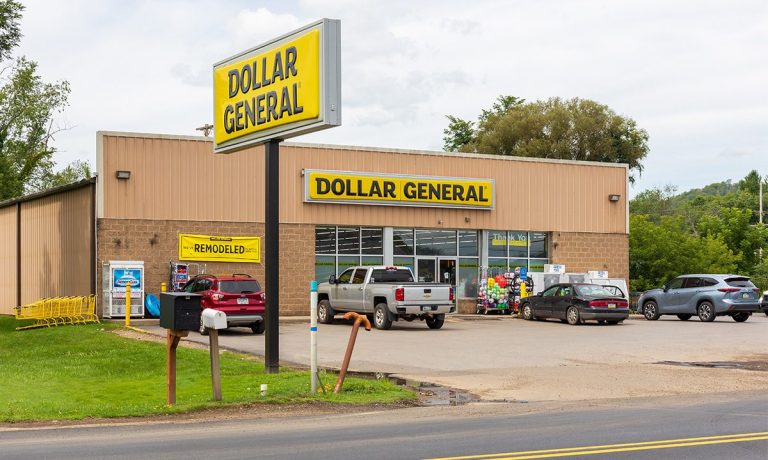
The death of brick and mortar has been greatly exaggerated. To get a sense of where the growth may lie — at least in retail — one need only look toward a few sub-segments.
Including the discount firms serving the budget-conscious consumer, which, to be honest, is likely just about every one of us.
Dollar General said late last month during its earnings call that in the second quarter, the company completed a total of 790 real estate projects, including 227 new stores, 533 remodels, and 30 relocations. And as for the new-store activity, management said on the call that the company expects approximately 80% of its new Dollar General stores in 2022 to be completed in the larger 8,500-square-foot store format.
Read more: Dollar General, Dollar Tree See Growth as Consumers Seek Lower Prices
Dollar Tree, for its own showing in the quarter, opened 95 new stores, renovated 257 stores and relocated 24 stores.
PYMNTS’ research has shown that consumers are pulling back on non—essential goods, and more than half of those surveyed said they were shopping at bargain retailers. That would include the dollar stores.
By expanding the stores to be on (we’re being only a bit tongue in cheek) every corner, the availability is there for consumers to satisfy the impulse buy for essentials. In the paycheck-to-paycheck economy, we’ve found that 13% of consumers have spent more than they have earned.
Widespread Impact
The impact is widespread, as Dollar General CEO Todd Vasos said that the company ”saw growth in the number of higher-income households shopping with us, which we believe reflects more consumers choosing Dollar General as they seek value.” That comes as 60% of consumers earning between $50K to $100K annually are living paycheck to paycheck.
Both of these companies have seen same-store sales growth of more than 4.5% in the most recent quarter and are looking for higher growth rates in the months ahead, as foot traffic is on the rise, too.
Read more: $100K+ Households Saw Biggest Increase in Paycheck-to-Paycheck Living
It’s a fair bet that the shift to the dollar-store setting will continue. Recent PYMNTS data shows that 70% of more than 2,100 consumers surveyed say that the rising cost of essentials such as groceries, housing and fuel forces severe cutbacks on discretionary spending. The average consumer still expects high inflation to last until May 2024, despite the recent modest decreases in month-over-month inflation.
Consumers living paycheck to paycheck with issues paying bills are the most pessimistic, with 28% saying they believe inflation will continue at its current rate for longer than two years.
Read Also: New Survey Shows Consumers Less Optimistic Than Fed on Taming Inflation